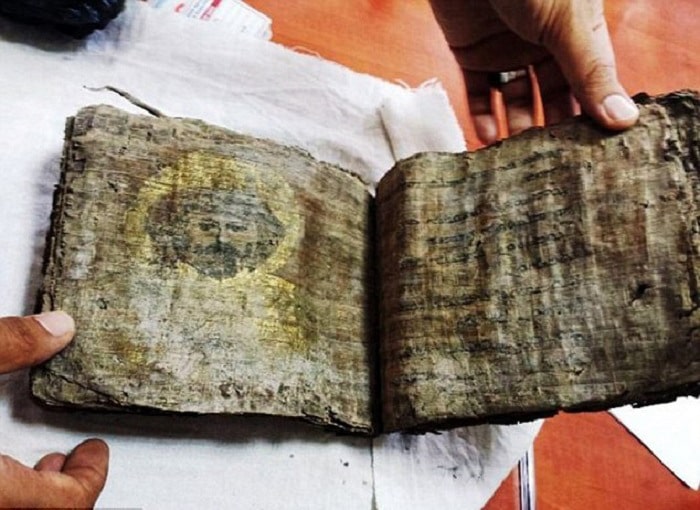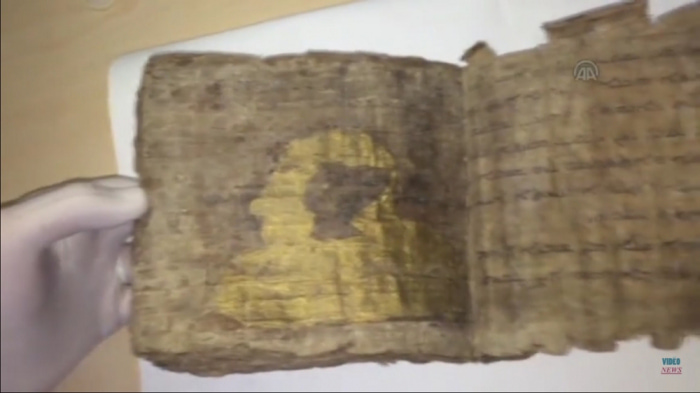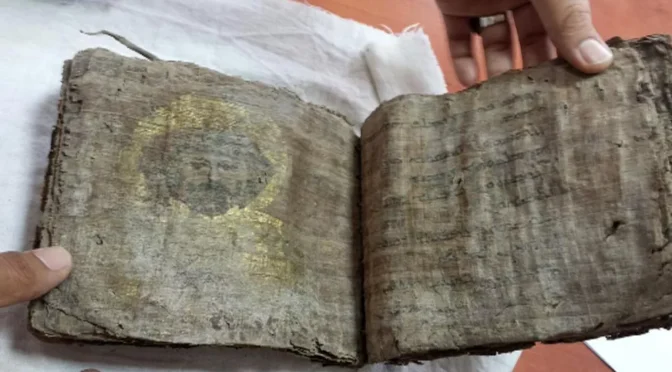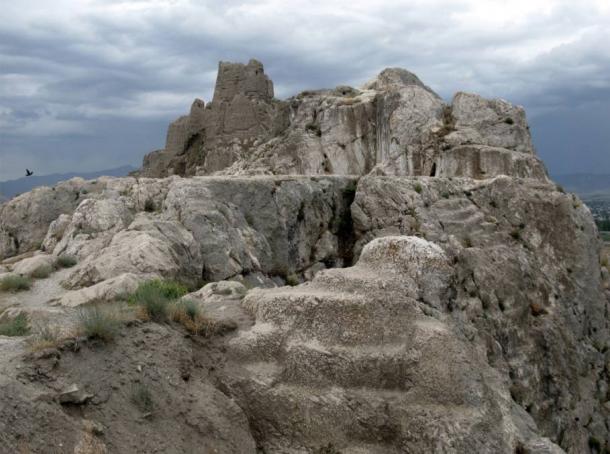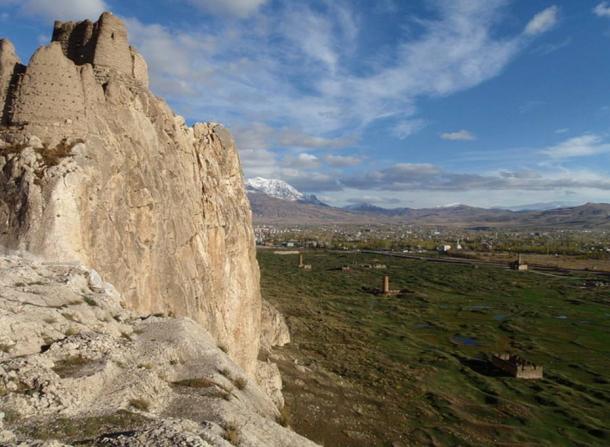Classic Pot of Ancient Persian Gold Coins Unearthed in Turkey
A team of archaeologists from the University of Michigan, led by Christopher Ratté, has uncovered a significant hoard of Persian gold coins in the ancient city of Notion, located in western Turkey.
This discovery, which includes coins believed to have been used to pay mercenary troops, offers valuable insights into the Persian Empire’s influence and the region’s tumultuous history during the fifth century BC.
Discovery of the Hoard
The find was made during an excavation of a large courtyard house at the center of Notion, a city with a history dating back to the Hellenistic period (3rd–1st century BC). However, evidence suggests that the area was inhabited much earlier, as indicated by the fragments of pottery and the buried structure where the coins were found.
In July 2025, archaeologists uncovered a small pot containing the coins beneath the courtyard, in what appeared to be a secure location, that was never recovered by its owner.
The hoard consists of Persian darics, a type of gold coin minted during the reign of the Achaemenid Empire, which controlled a vast expanse of territory from the late sixth century BC until its conquest by Alexander the Great in 330 BC.
The coins feature the image of a kneeling archer, a characteristic design of the Persian daric, and were likely minted in Sardis, about 60 miles northeast of Notion.
According to Ratté, who is a professor of classical studies and curator of the Kelsey Museum of Archaeology, the hoard dates to the fifth century BC, a period marked by significant military and political upheaval in the region.
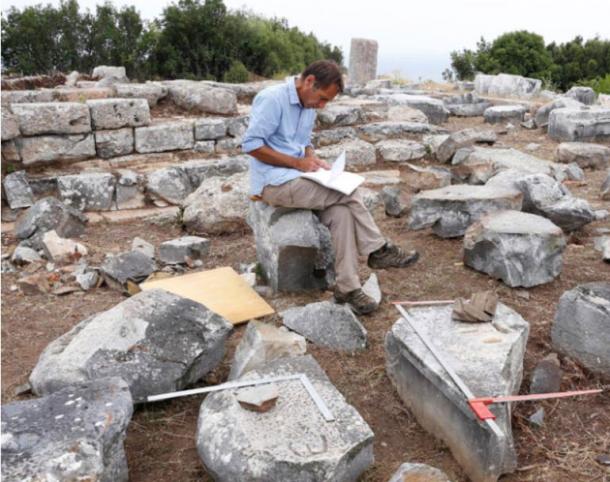
The Significance of the Discovery
The discovery of these coins in a controlled archaeological excavation is a rare and significant event, as Ratté points out. Hoards of precious metal coins like these are usually found by looters, which results in a loss of valuable contextual information.
The precise location and circumstances of this find offer historians and numismatists a unique opportunity to better understand the timeline and history of Persian gold coinage.
One of the key aspects of this hoard is its potential to refine the chronology of the Persian daric. These coins, minted over several centuries with only minor stylistic differences, have long been a subject of study for researchers attempting to arrange them in a chronological sequence.
The coins found at Notion are independently dated by other artifacts associated with the hoard, which could provide a firm anchor for the chronology of Persian coinage during this period.
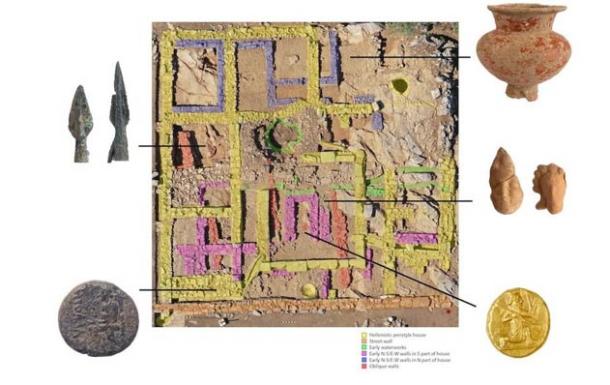
Andrew Meadows of Oxford University, an expert in ancient coins, emphasized the importance of this find, noting that if the archaeological context can be accurately established, it could allow for a more precise understanding of Achaemenid gold coinage. The discovery is also important for the broader understanding of the region’s history during a period of intense conflict and shifting allegiances.
Historical Context of the Hoard
Notion, a city that lay on the western coast of what is now Turkey, was a strategic location during the fifth century BC, a time when it was caught between the competing interests of the Persian Empire and the city-state of Athens. The region experienced frequent military operations, and the conflicting loyalties of its inhabitants were well-documented by ancient historians such as Thucydides.
One notable episode occurred between 430 and 427 BC, when Persian sympathizers from the nearby city of Colophon, supported by Greek and “barbarian” mercenaries, occupied part of Notion. The Athenian general Paches later expelled these sympathizers and reorganized the city under Athenian control.
This type of event could have led to the burial of the coin hoard, though other possibilities, such as the naval battles or regional rebellions that occurred later in the century, cannot be ruled out.
Future Research and Implications
The Notion Archaeological Project, which began in 2025, is a collaboration between the University of Michigan and Sinop University, with authorization from the Turkish Ministry of Culture and Tourism.
The ongoing excavations will further explore the archaeological context of the hoard and study the coins, now housed at the Ephesus Archaeological Museum in Turkey, to gain deeper insights into their date, function, and historical significance.
This discovery not only enriches our understanding of Persian coinage but also sheds light on the complex interactions between the Persian Empire and the Greek city-states during a critical period in ancient history. As the project continues, researchers hope to uncover more about the city’s past and the circumstances that led to the deposition and eventual loss of this remarkable treasure.









